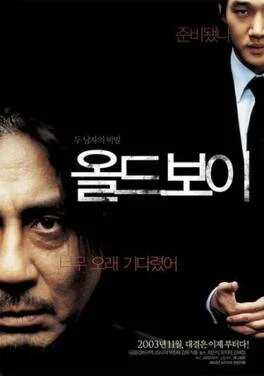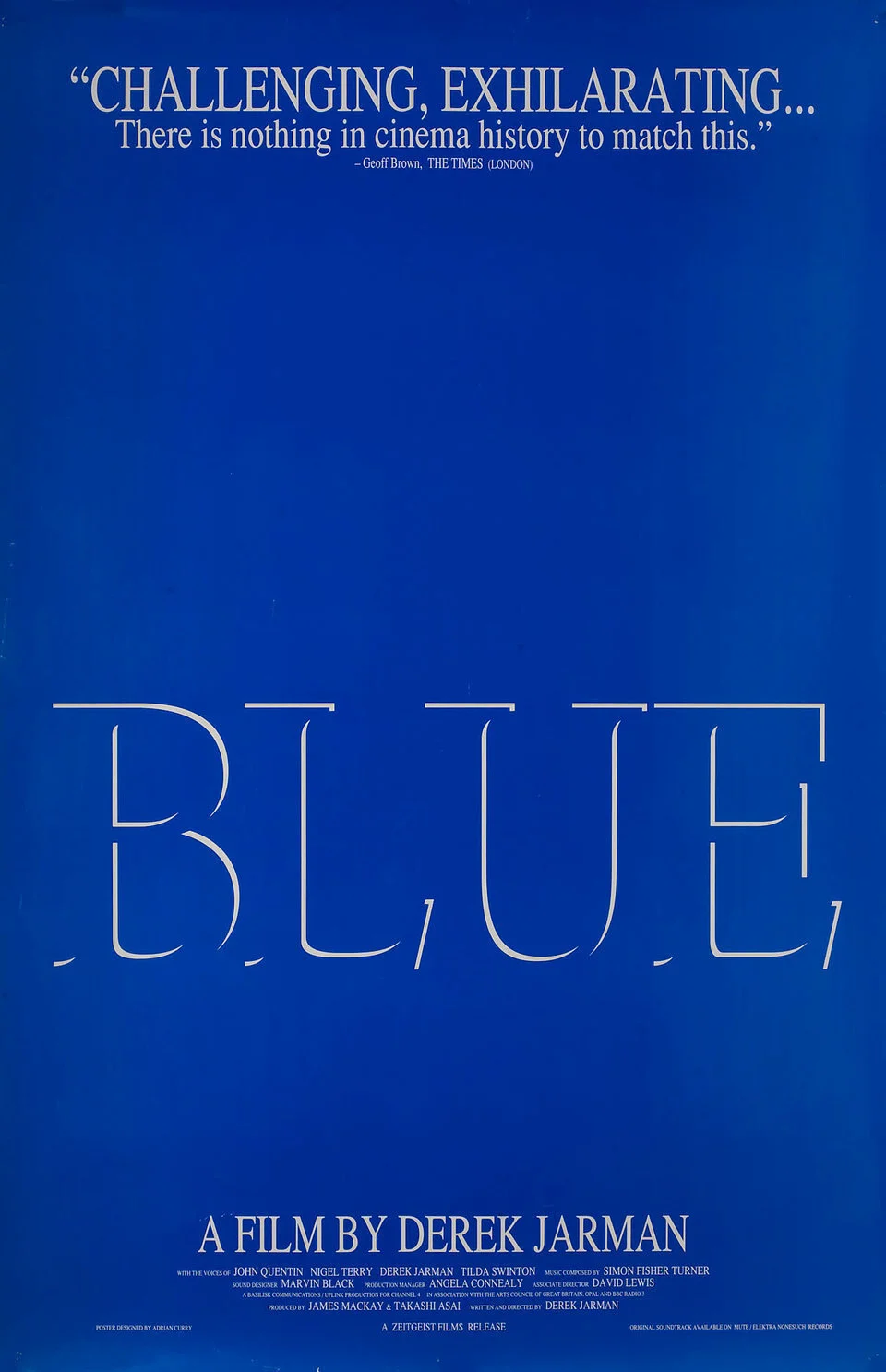OLDBOY
Oldboy is a film that combines multiple genres to create both an emotional and repulsive plot that ultimately causes me to become more anxious while viewing. My initial response to the film is uncertain as a comedic force moves the narrative forward just as much as its thrilling aspects. Oldboy utilizes music and sound as a guide toward consciousness, while the audience learns about the world alongside Daesu. The combination of diegetic and extra-diegetic music and sound works to treat the viewer as a product of Woojin’s torture by revealing the instability of perceiving truth. Just as Daesu believes he is independent in his search for who held him captive, so too is the audience hidden from Woojin’s guidance toward finding out the truth. The voice-over narration helps me experience an awakening alongside Daesu as he reveals information to the viewer without speaking aloud to anyone near him. Like the narration, the control of extra-diegetic music is in the hands of Daesu himself, or it is meant to feel so through editing. I get the impression that I am experiencing life through meta-cinema in which I am very aware that Daesu’s existence is an act in alignment with other film effects.
The scene from 43:08 to 45:48 depicts a grandeur of violence as Daesu fights about twenty men. As the camera films the scene in a tracking shot, the combination with a continuous wide shot exhibits the mob mentality that Daesu is facing. However, my experience watching this violent scene was underwhelming in the moments where he could not fight back. I thought that the men would have severely hurt him, but the diegetic fight sounds are quieter than when Daesu is fighting back. I feel a sense of embarrassment knowing that he was about to win the fight while simultaneously exuding pride for his power and practice paying off. The tracking shot helps me establish an understanding of the constant hardships he has to face by observing this fight in a single take. The violence that occurs throughout the movie feels less distressing to me than the discussion of torture. Embedding ideals such as the constant threat toward women and their safety alongside the capitalistic privilege of using money to prevent torture forms risks that create a more negative experience than if Oldboy were about vengeance alone.
Music carries out as both a shield and an awakening. Sound and voiceover work to guide the viewer in the present moment and through past experiences. Were the film to have no voiceover or cell phone calls, information would not be readily available. Dialogue and music help push the narrative forward both to its end, but also closer to Woojin as the audience learns more about him and his parallels with Daesu. The process of learning the truth takes up the duration of the film and reflects on the media’s ability to extend and distort reality to further one’s confusion or hope. Ultimately, the combination of diegetic and extra-diegetic music and sound works to treat the viewer as a product of Woojin’s torture by revealing the instability of perceiving truth. What is left to understand is how Daesu is unable to recognize any outside aids or potential sabotages against his plans. While knowing his capturer is aware of his release, one must work to comprehend why Daesu never thought that he was a ploy in a larger development and why he thought it believable that Woojin would not be able to reach him if he was the person who successfully held him captive and released him when the time was right.
“be it a stone or a grain of sand,
in water they sink the same.”
BLUE
Derek Jarman’s film Blue reflects on both the sadness and calmness that appears within the queer experience. The colour itself reminds me of the ocean. As diegetic waves are crashing throughout the film, I recognize both the powerful and overbearing nature of the sea as a representation of societal norms that inhibit queer people and couples from living fully. The singular blue hue along with the narrator’s voice-over repeating the names of friends he has lost reminds me of the hardships that queer people face throughout history. The dominating nature of society’s prejudice against queer people and those they consider other forces the narrator to remember his friends in an enchanting manner. As he echoes the names of his friends, the voice slowly fades out as if the memory of them is no longer in sight. Since he is left to mourn them alone, I recognize how he changes formats in speech and sound when he wishes to discuss the friends he knew were still deserving of life.
There are no images besides a blue screen in this film as queer stories and identities are often withheld from the media. As I watched the film, I realized that my imagination was filling in the empty space where images usually appear. It was as if though I was recalling a memory, placing the characters into a world where they no longer exist, because well, they don’t. Recently, Lil Nas X’s new music video was the topic of many critiques for both his confidence in his sexuality, but also the hell imagery. However, if one can imagine being told their entire life that members of the LGBTQIA+ community are going to hell, then of course that rhetoric will become a catalyst for queer music video and content ideas. Originally, I wrote this section a few months back, but somehow it has become more relevant as time goes on. Homophobia in combination with ignorance towards STI’s continues to perpetuate a stigma that people like DaBaby, use on a regular basis. The harmful rhetoric that only queer people can get HIV/AIDS is an incorrect and deeply troubling assumption that has led to generations of queer people who are not afforded a long life they could have lived if people cared enough to help and continued to love, regardless of the circumstances.
By relying on sound to create my perception of the images and visuals not shown on screen, the director forces me to partially create my own story, which is what so many queer people are left to do when learning about their identity. The stillness of the blue screen is engulfing. The AIDS crisis is the only perspective with which heterosexual people view queer people, as a kind of epidemic that combines all queer bodies into a category of impermanence. Just like those who have died from AIDS or unacceptance from homophobic people, I do not get to experience what the narrator is describing or feel the sun’s rays as he explains their light. The voice-over reminds me of queer people’s lifespans as he continues to repeat his friends’ names over again. They are missing out on life due to the stigma based on sexuality and cannot bring themselves to look past the differences and recognize the humanity within all.
For many reasons, watching Blue is a sad experience coming from a queer perspective myself, as it reminds me of the stories untold and left to tell. Sounds are distorting at times as a representation of how misinformation spreads and harms queer people during and after the AIDS crisis. Finding a community to blame was fuel for anti-LGBTQIA+ hate and subsequently ruined many lives, even if they were not taken. The colour blue is a backdrop for me to create the story in my mind with the help of both extra-diegetic sound and voice-over, as well as diegetic sounds like the ocean and hospital announcements. The narrator moves from talking in a matter-of-fact tone when discussing his symptoms, to yearning for the past in an attempt to relive and bring back the happy moments in life that were taken from him. He revels in a queer relationship that will never have representation. The blue screen also represents the idea that the queer experience is monolithic, where all queer people and stories are identical to one another when intersectionality is essential in understanding the kind of prejudice that the LGBTQIA+ community faces. The section of silence toward the end of the film and the move to discuss other topics such as China visualizes the disregard of queer stories and how they are seen as less important to our understanding. Blue ends with the voice-over reflecting on another moment of queer love. As an angelic harp and seagulls are heard in the background, the beach setting and discussion of his love leave a lasting impact on the beauty and cruelty of the queer experience and its stigma.
“I place a delphinium,
blue,
upon your grave. ”
— Derek Jarman

